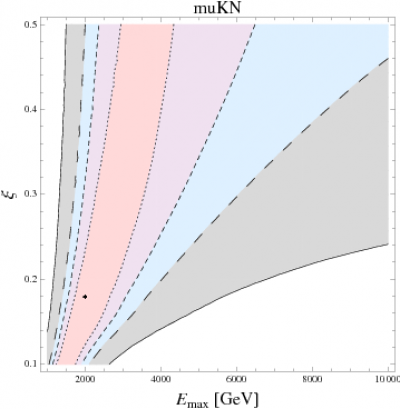This is an old revision of the document!
Dark Matter

Dark Matter (DM) amounts to about 21% of the total energy budget and is the main ingredient for the formation of structures like galaxies and clusters of galaxies. It is the 'glue' that is necessary to keep galaxies together and surrounds them with a 'galactic halo'. Unlike Dark Energy, Dark Matter still feels gravitational attraction and in the standard model it is made of particles which are pressureless.
Several experiments are trying to observe Dark Matter via indirect detection (i.e. through indirect products of dark matter decay or annihilation such as positrons or antiprotons), direct detection (through scattering of DM particles) or in particle accelerators such as LHC.
In our group we have investigated whether it is possible to use indirect detection and the antiproton signal expected in experiments like AMS to identify DM models with respect to alternative astrophysical sources, such as antiprotons produced in supernova remnants.